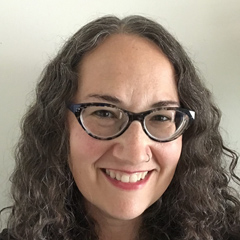
Crochet the Big River Pullover: A Beginner's Guide to Making Your First Sweater
Brenda K.B. Anderson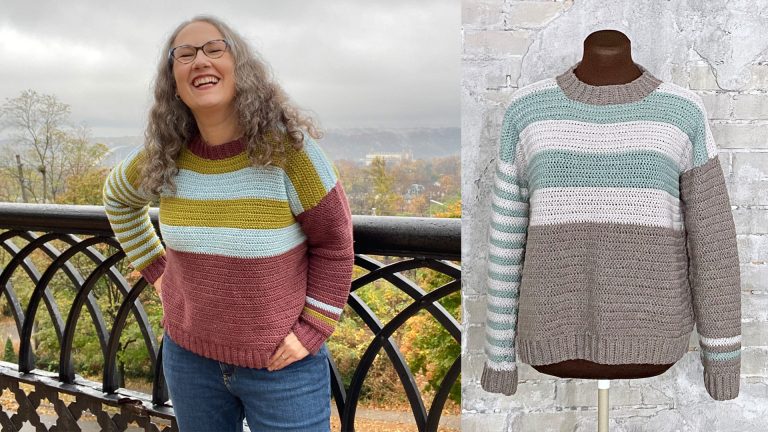
- In-depth Instruction; over 262 mins
- On-demand video access anytime
- Bonus downloadable PDF resources
- Access to class Q&A
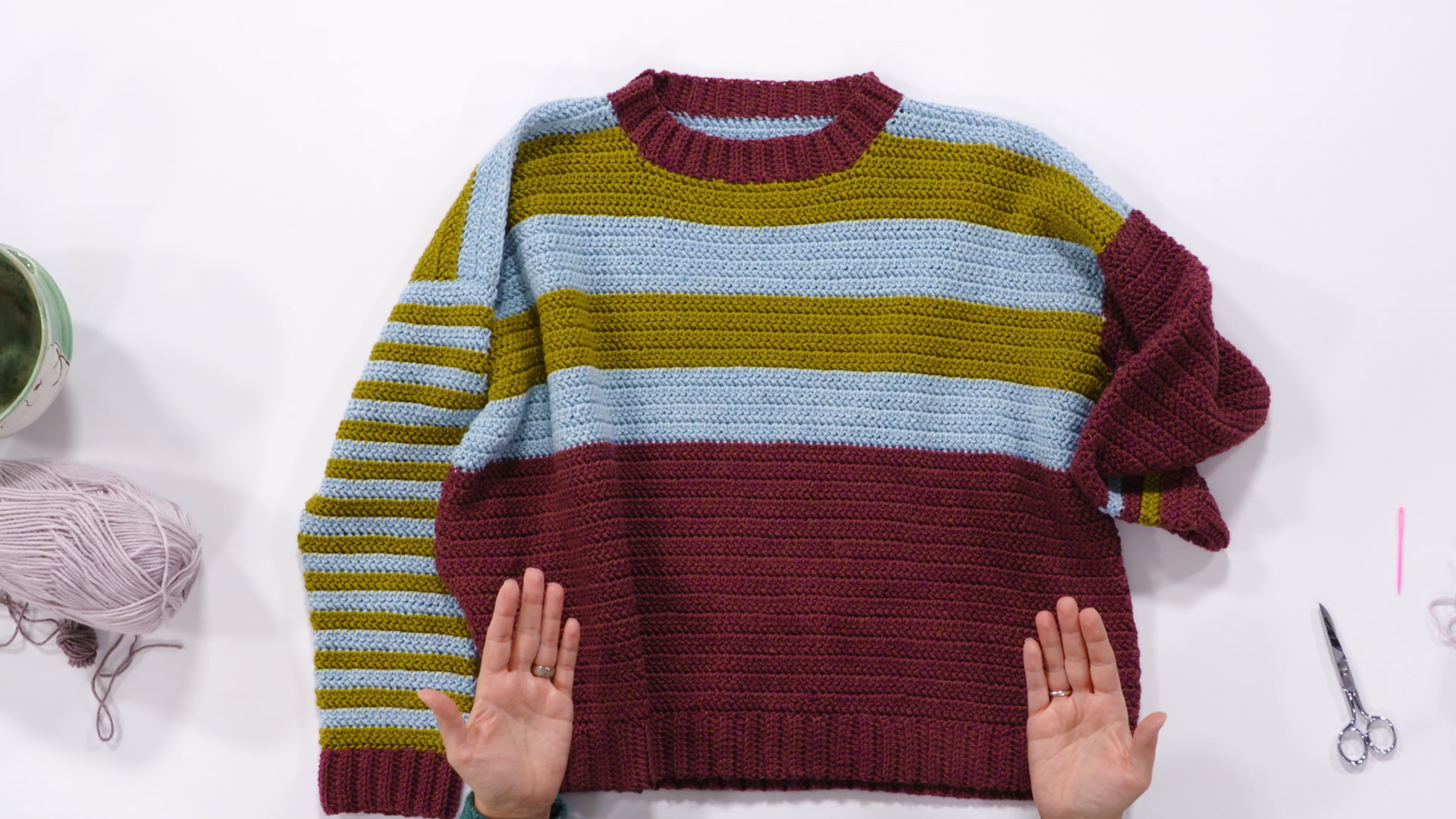
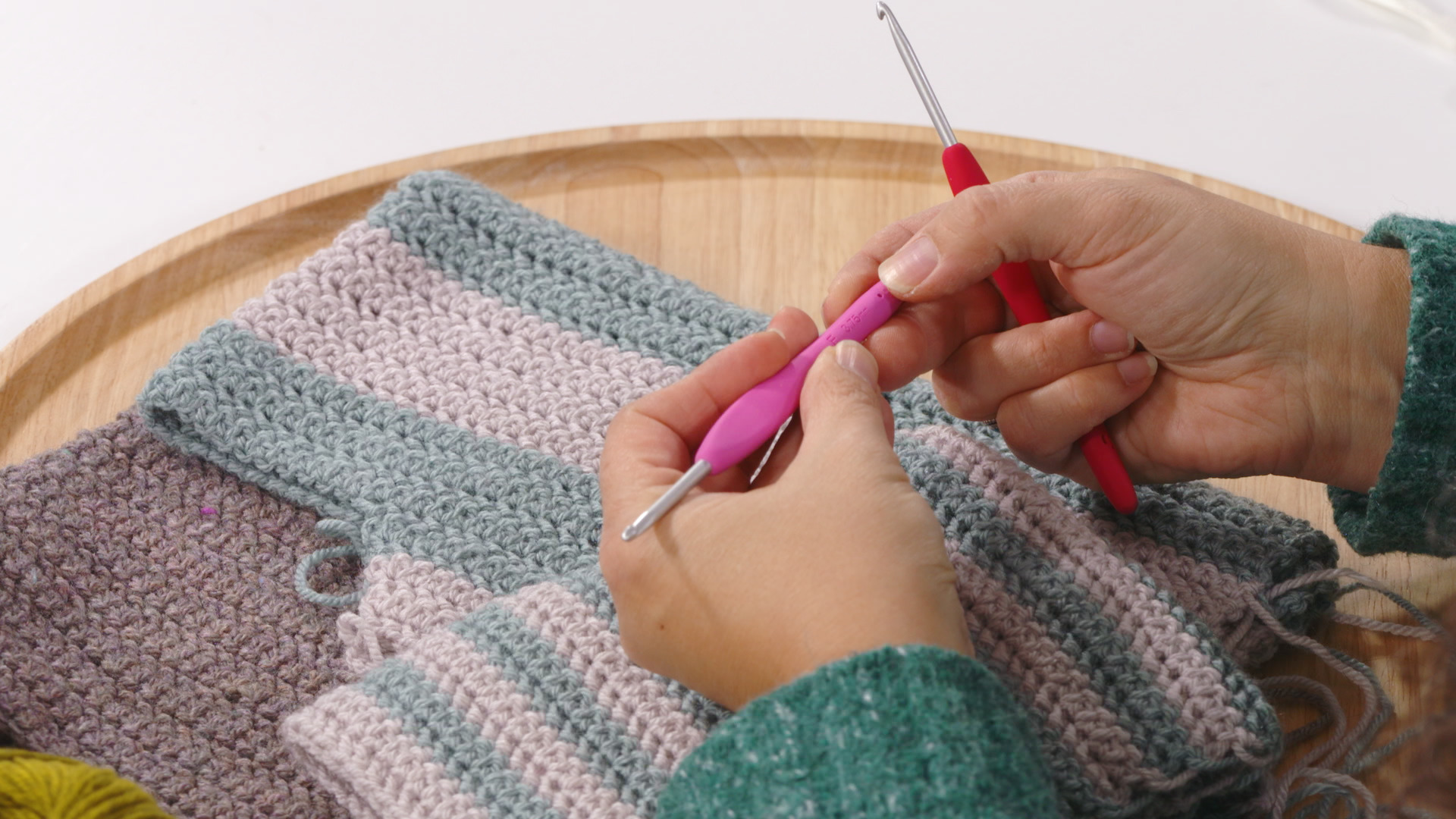
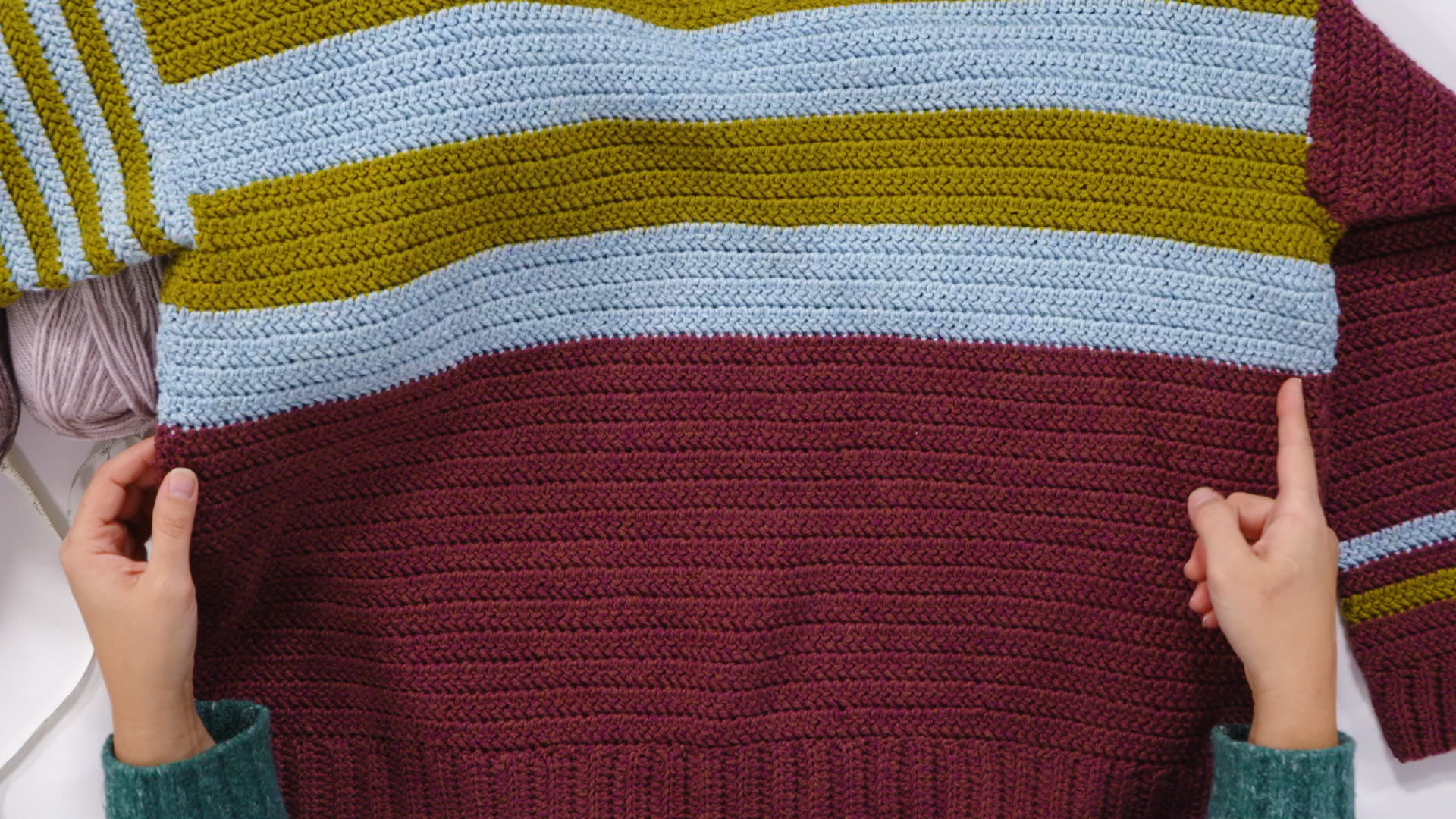
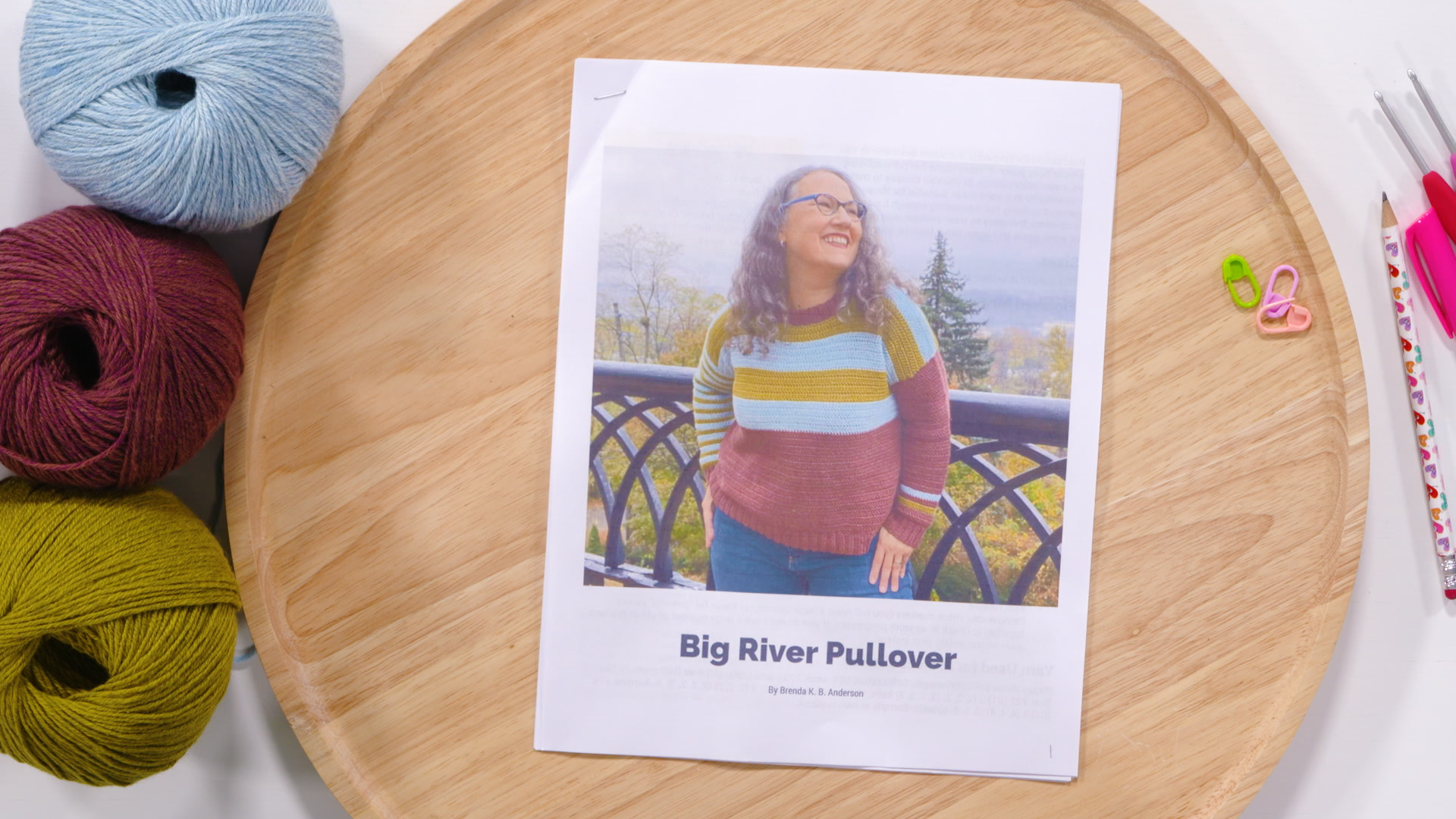
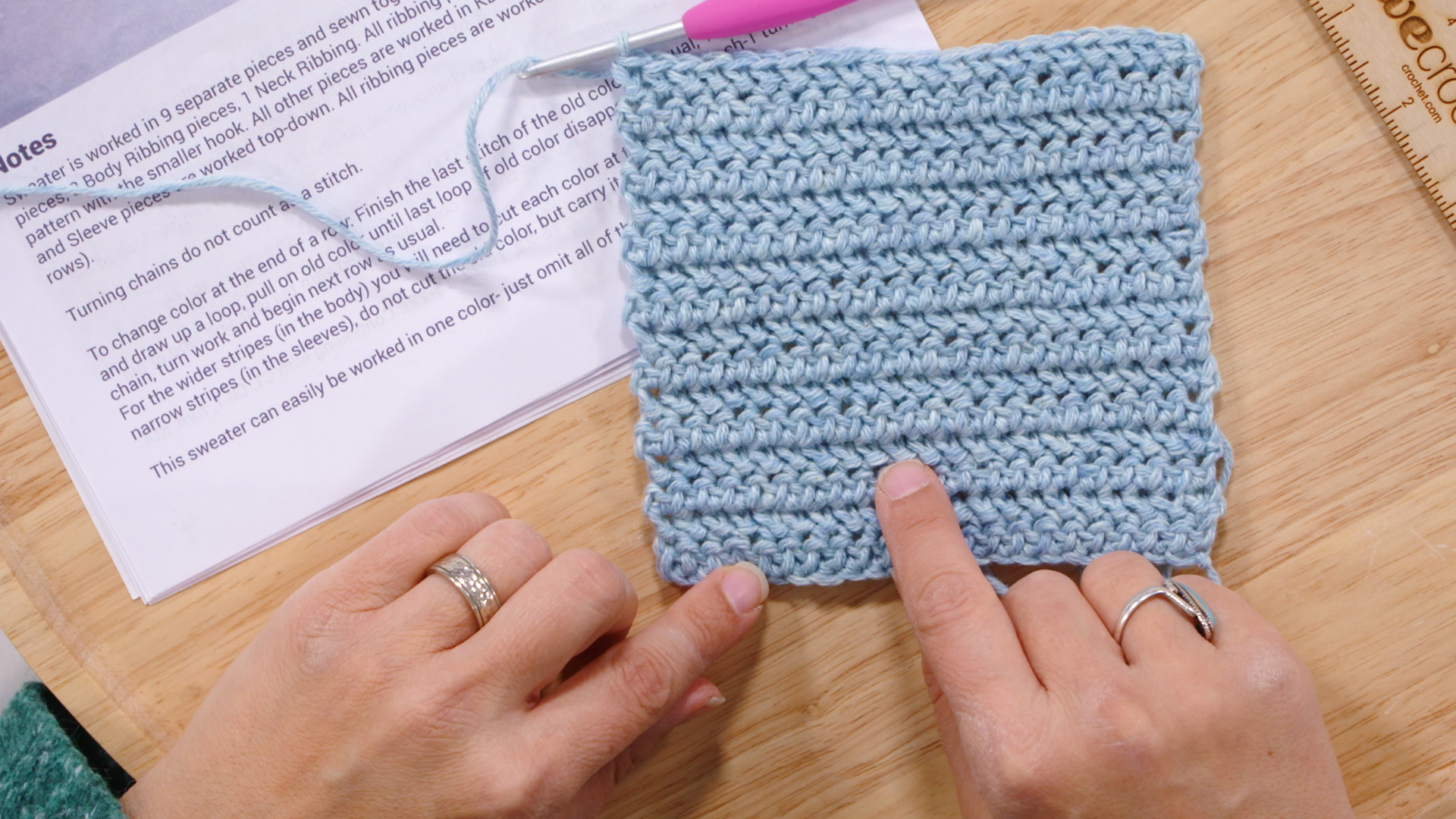
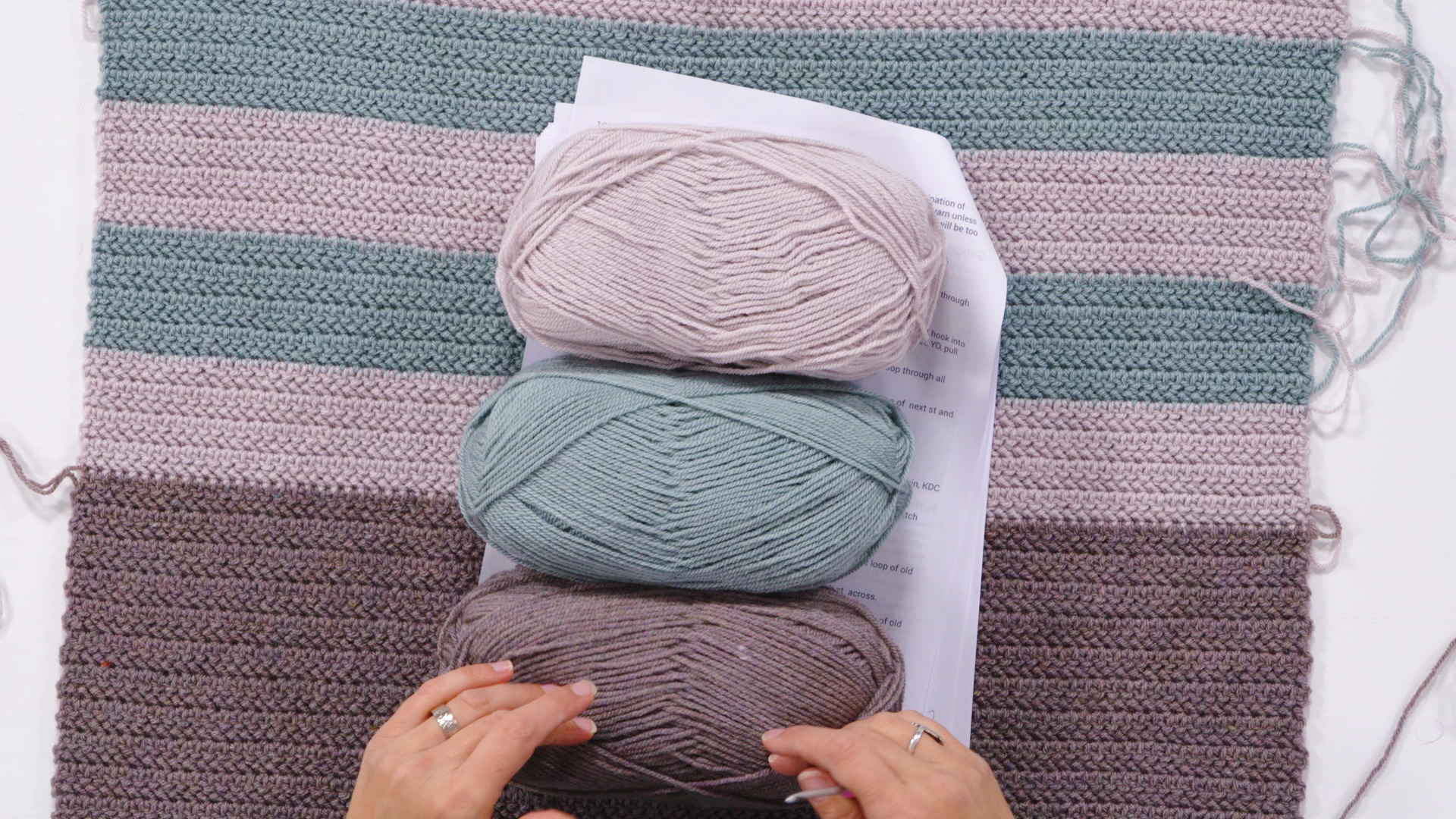
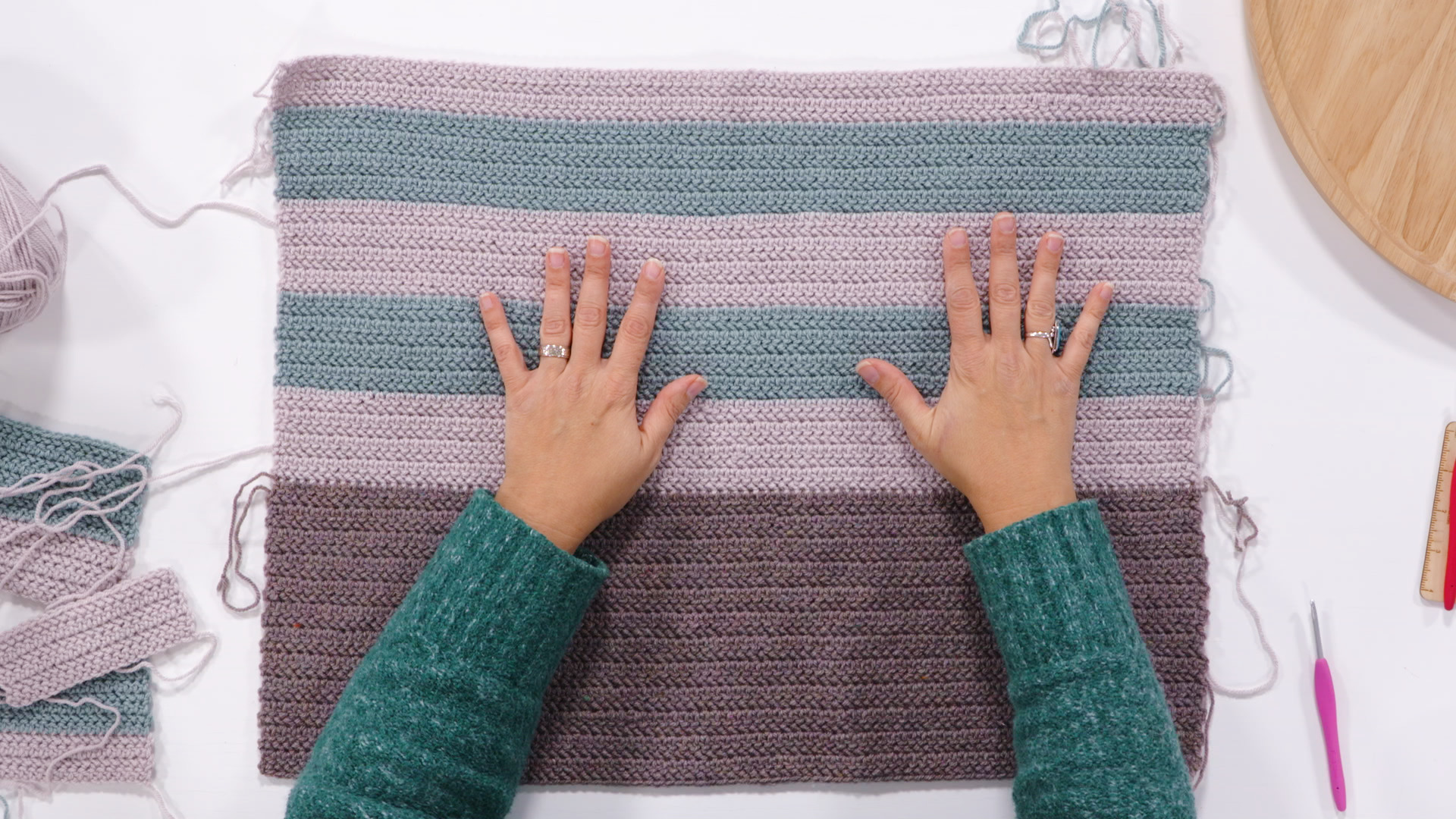
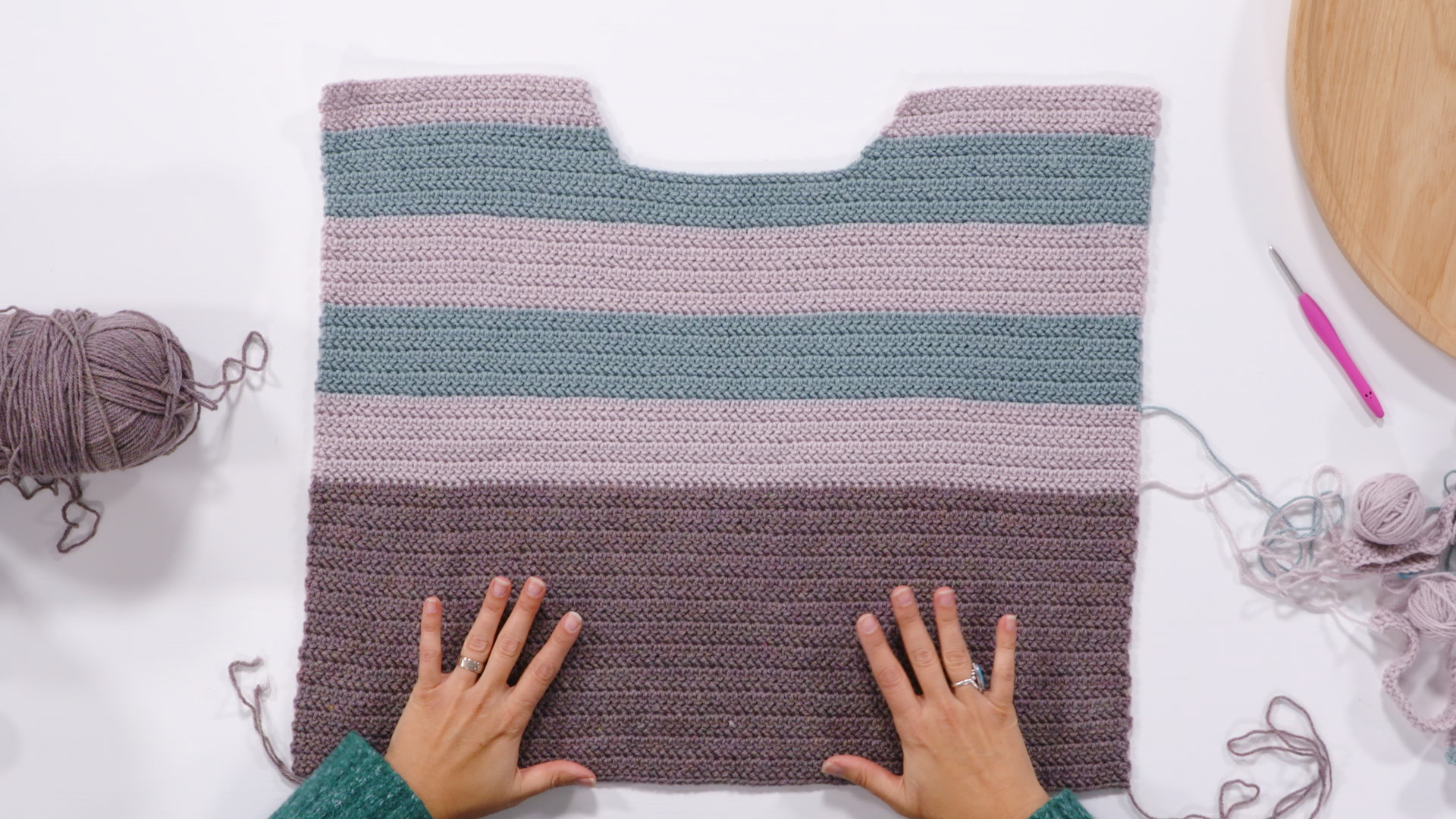
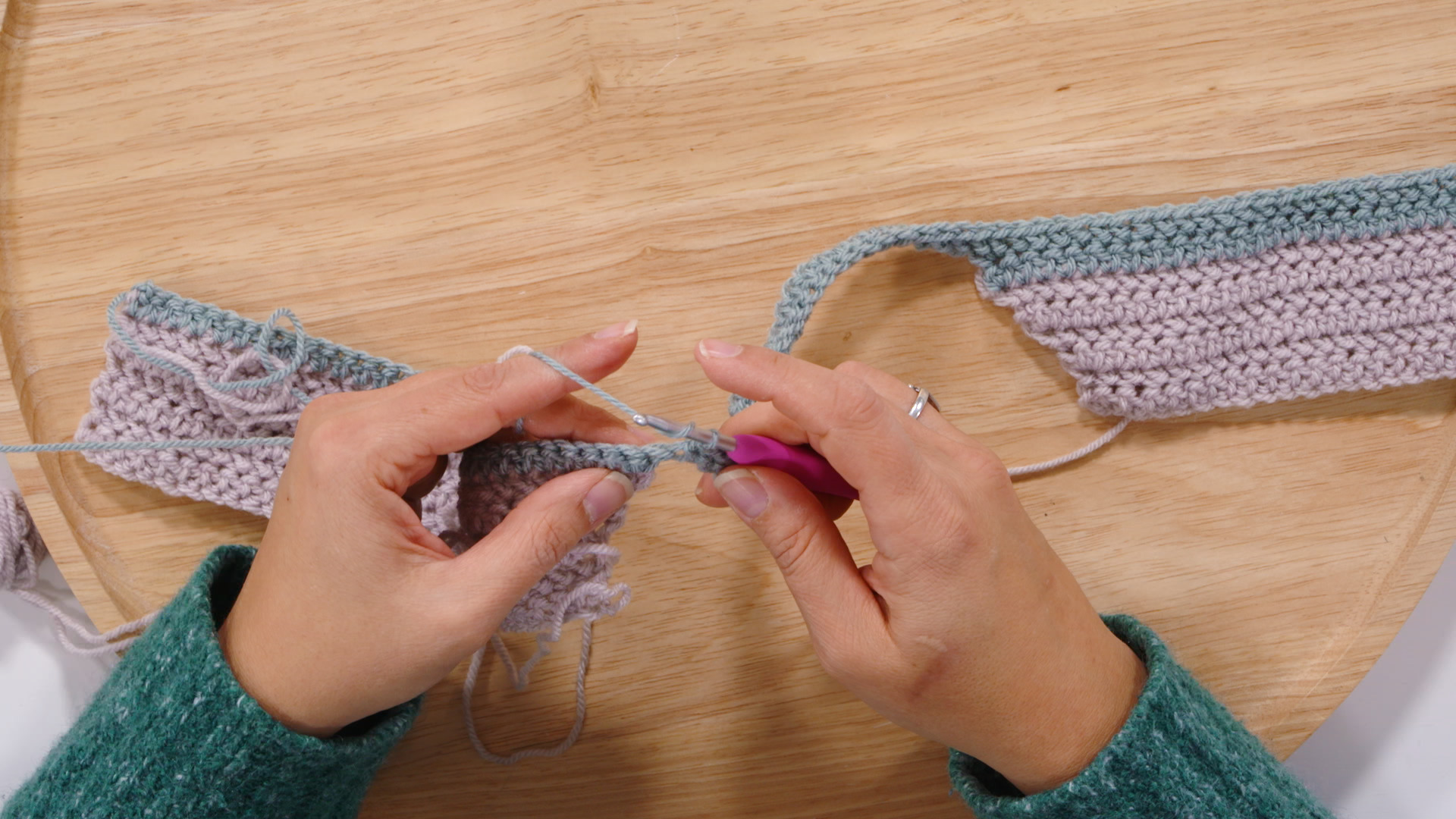
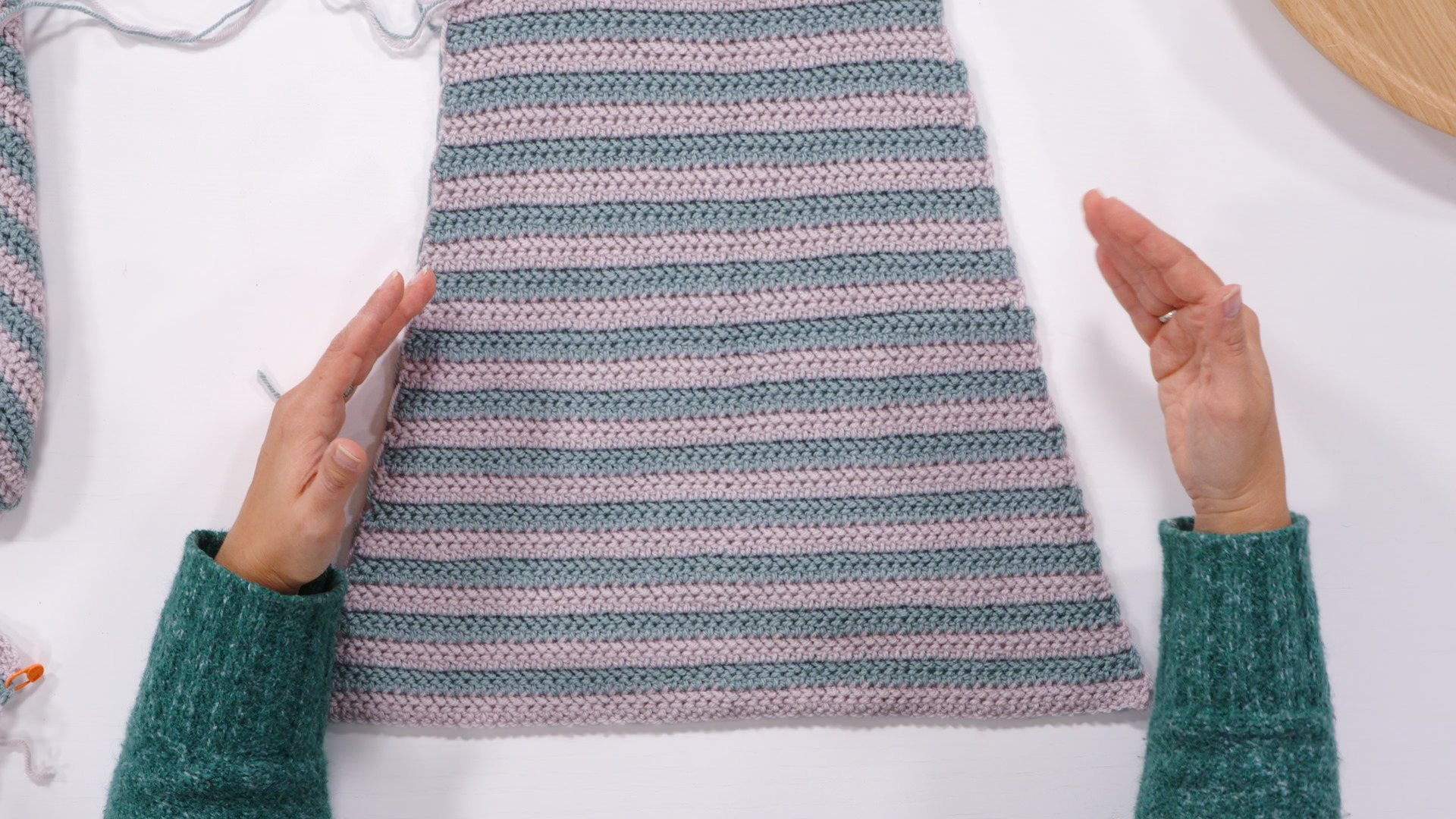
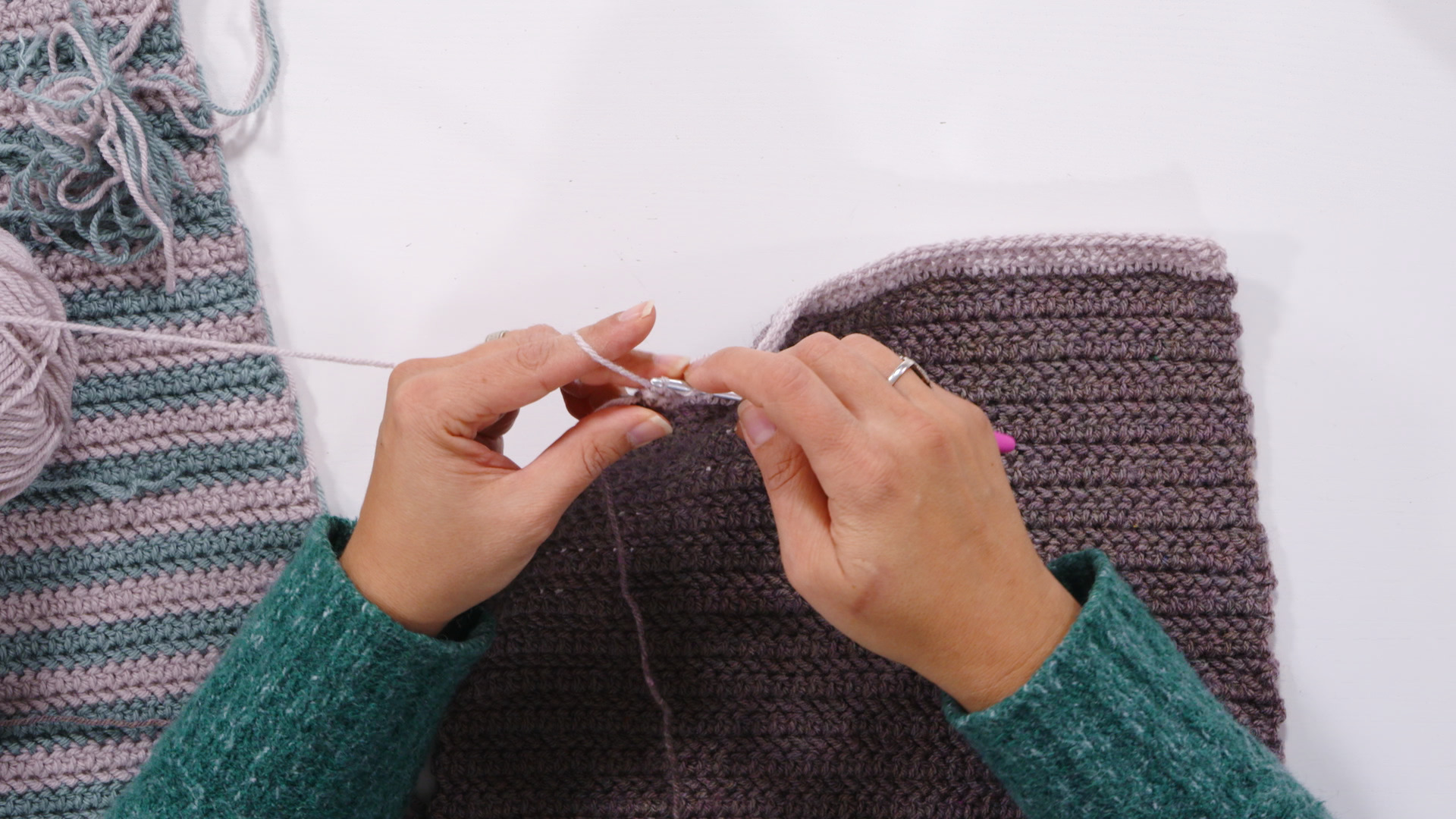
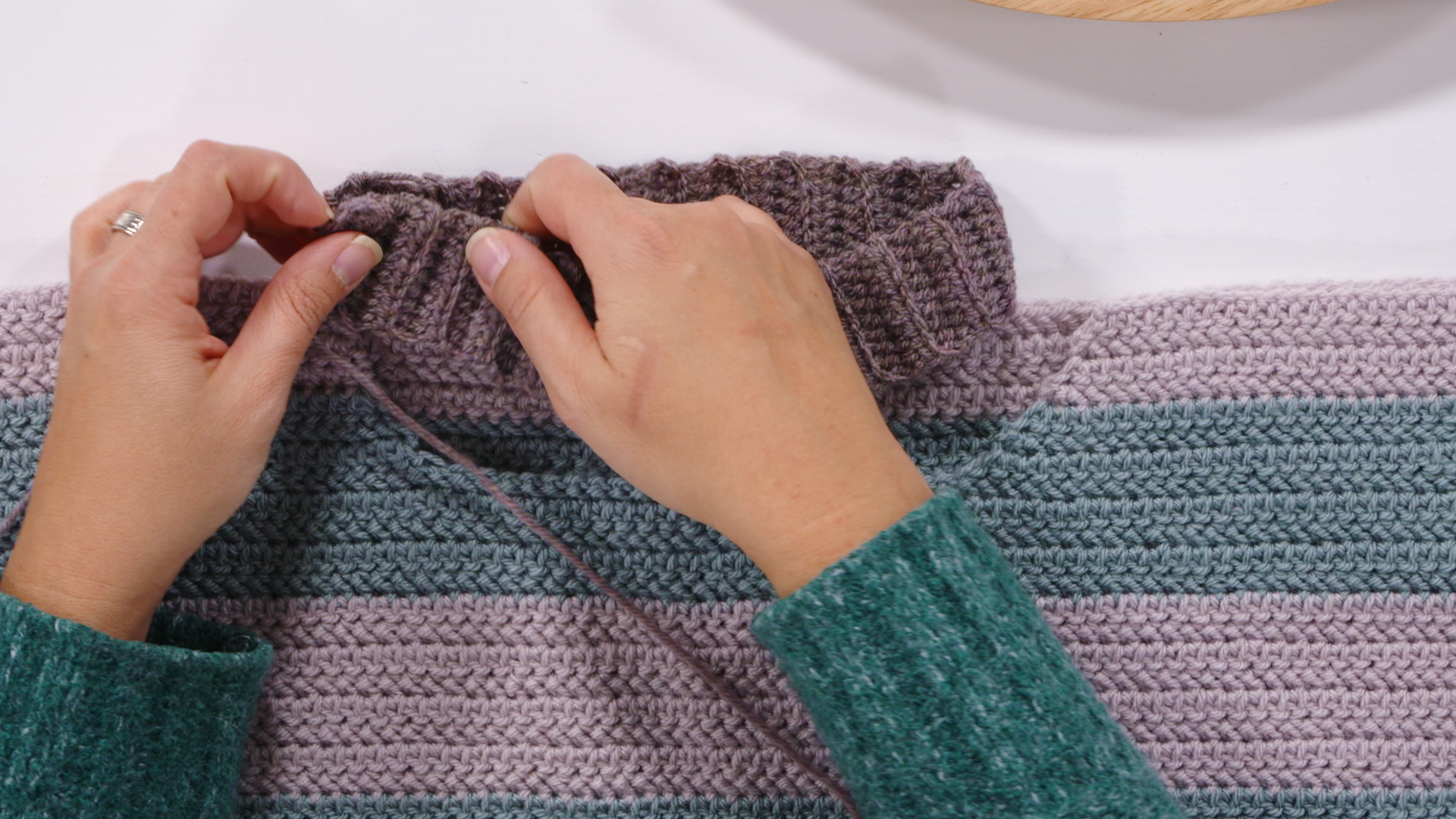
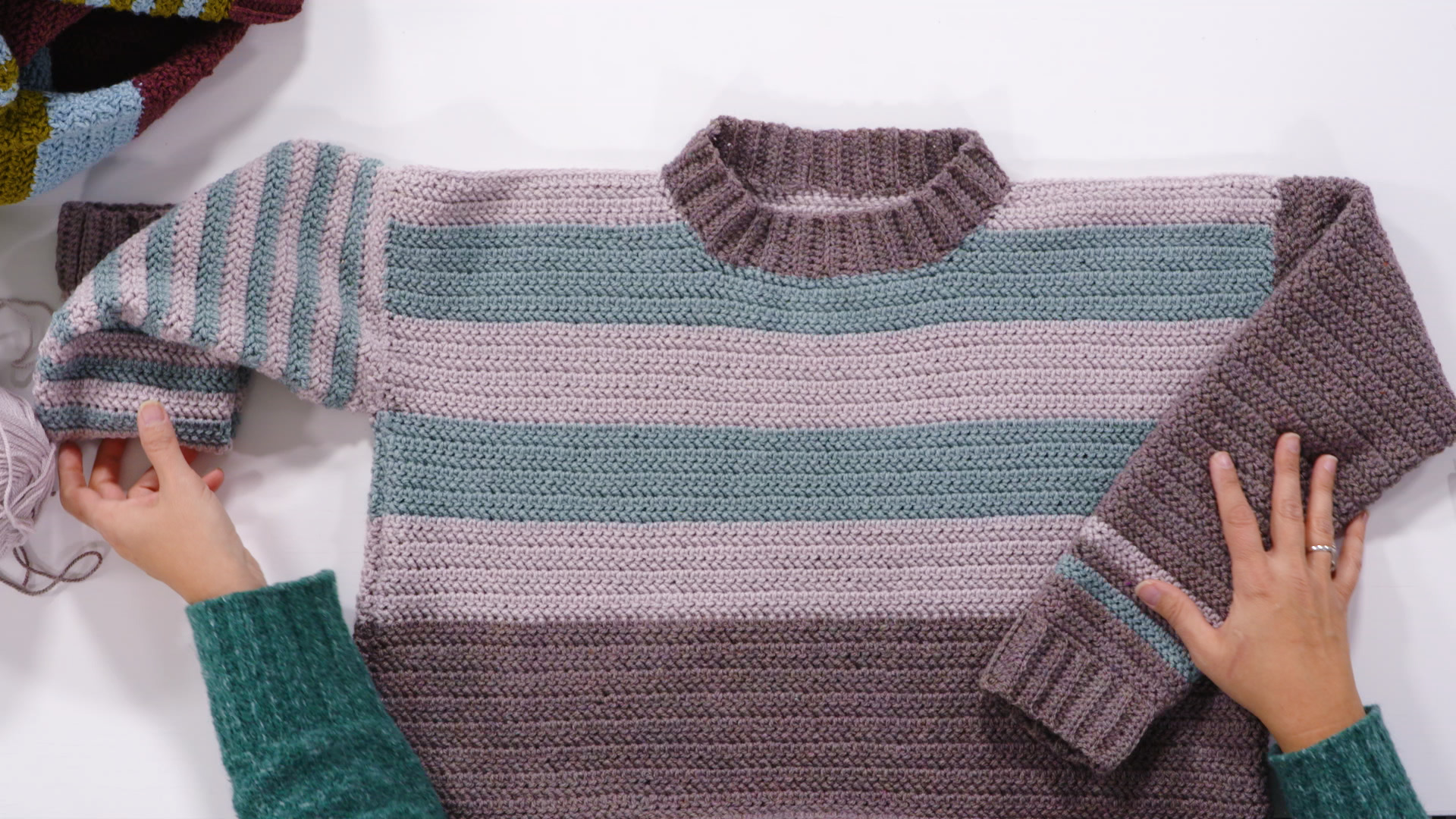
Making garments can be a stressful experience for some, but it doesn’t have to be! If you’ve never crocheted a garment before you might have a lot of anxiety about whether it will fit or look flattering. As with any larger-scale project that we spend a lot of time making, we want to be proud of the end-results! It not only needs to look great, but it also needs to fit the way we want it to. In this class, crochet designer Brenda K. B. Anderson walks us through the process of making a simple, seamed sweater, answering the most frequently asked questions along the way, and giving us options for changing the fit as we go.
Brenda K. B. Anderson designed the Big River Pullover with those who are new to garment making in mind. This fashion forward, boxy sweater is sized from a 38” to 66” chest measurement and was intended to be worn with 4-8” of ease. This sweater features easy stripes to keep things fresh and fun, and simple front neck shaping for comfort, but otherwise little to no shaping through the body (dependent on size). The larger sizes feature a simple modified drop-shoulder construction to keep the design lines looking uniform and proportional for each size. The sleeves are tapered for a flattering fit for every body type.
This sweater is worked from the top, down in separate pieces and then stitched together with a simple whip stitch. Many sweater designs are seamed like this because it gives extra structure to the garment, so this is a very good skill to learn! When you make a sweater from the top down, you can easily change the length of it before finishing, so that you can have your sweater hit at just the perfect place on your body!
In this class you will learn how to work in the knotted double crochet stitch pattern (also known as the herringbone half-double crochet), and how to make a stretchy ribbing with stitches worked in the back loop. You will learn Brenda’s favorite method of changing colors at the end of a row (this is different than the standard way, which she also demonstrates). You will learn how to carry yarn while making narrow stripes for fewer ends to weave in, as well as how to switch back and for the between colors when seaming them for a beautiful seam. You will also learn 2 different methods of blocking to create a professional finish to your project.
This class is chock full of extra tips and advice so that you can make sure that your sweater fits you beautifully when you are finished. The skills that you learn in this class are very valuable and are transferable to so many other future projects! Whether this is your first venture into garment making, or you are a more experienced crocheter looking for a fun color-blocked sweater to make, this class is for you!
Brenda K.B. Anderson
Brenda K.B. Anderson is a professional crochet designer who loves to spend her time in the world of crochet accessories. Her patterns have appeared in publications such as Interweave Crochet and Crochet Today, and shes contributed to several books, authoring two of her own, Beastly Crochet and Crochet Ever After.

Bonus materials available after purchase